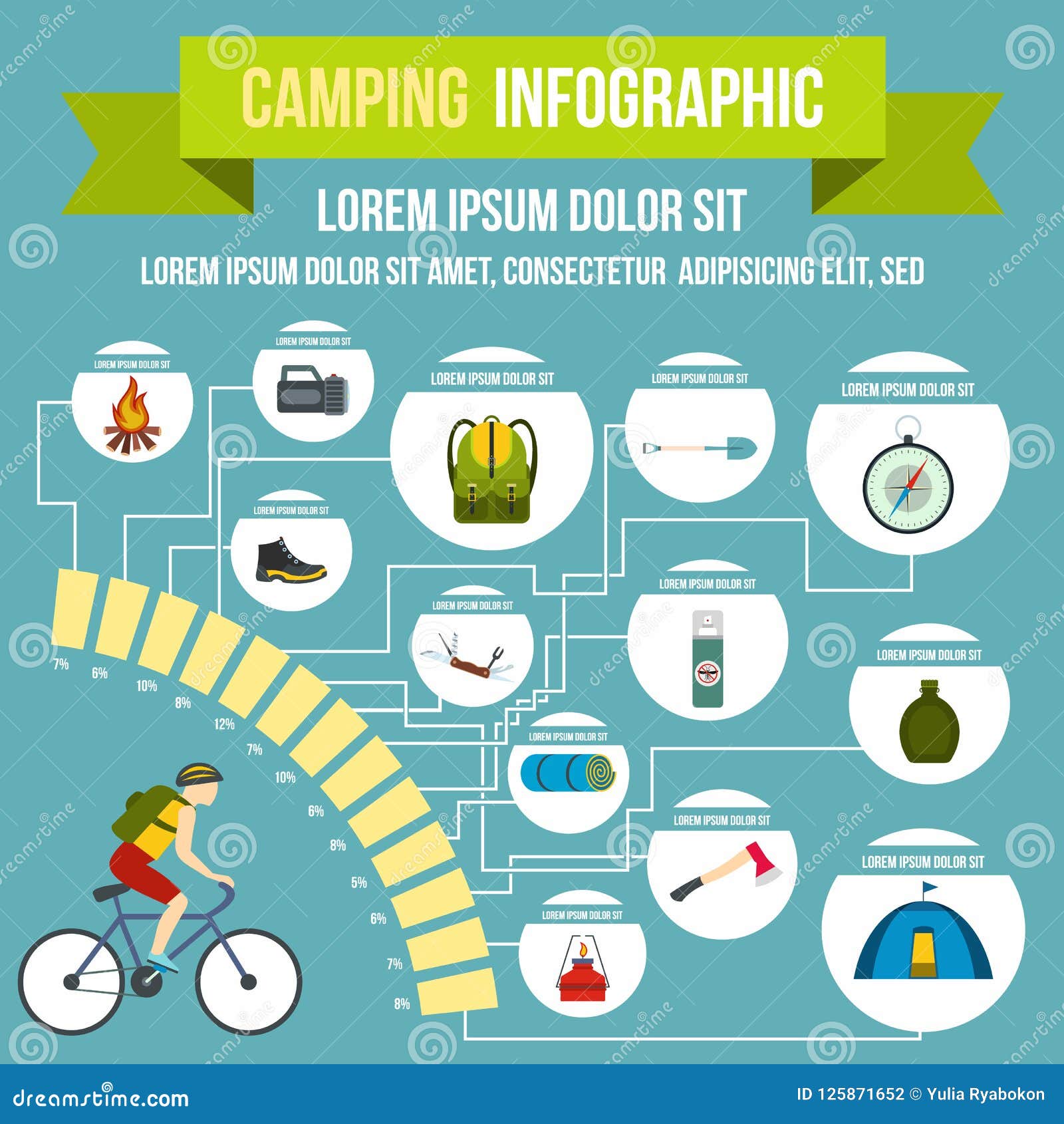The Grip Drawback is a basic and protected way to establish camping tent guy lines. It's additionally a wonderful method for backing out a stubborn outdoor tents fix. It can additionally be made use of to develop a flexible tarpaulin individual line where the change is made at the tent/tarp end. It serves in high winds as it does not slide.
1. Bowline
Bowline is a knot that makes a loop at one end of a rope. It's simple to connect and untie, and it withstands jamming rather well.
It's likewise an excellent knot to use for joining two lines together, although it's usually recommended that you use a various strategy (such as a sheet bend or square knot) for this objective, to stay clear of having both different bowlines use against each other in time and compromise the line.
One prospective problem with bowlines is that they can easily jam or bind if the working end is inaccurately travelled through the bunny opening. A number of vital failures have been reported as a result of this, especially when made use of in climbing up applications. To assist avoid this from happening, you can make a left-handed bowline by passing the end around the standing part of the loophole as opposed to with it, as displayed in the animation listed below. This variant apparently carries out much better and withstands ring stress (a distending pressure applied either side of the knot) better than the standard bowline.
2. Grasp Drawback
Utilizing these gripping drawbacks to safeguard your person lines helps you avoid the trouble of your line jamming while changing or tightening them. They are also useful when affixing a line to an item that is more difficult to reach than your standing end, such as a tree or huge anchor object.
The Grasp Drawback is a friction knot that can be conveniently moved up or down the line while slack but holds firm under lots. It serves for tensioning ridgelines or man lines and for camping applications to hunting secure tarpaulins or camping tents.
To tie the Grasp Hitch, pass the functioning end around the standing component twice and put it under itself. To tighten, pull on the working end to develop a bight and after that use the bight to safeguard the knot to itself. For added security, you can cover the working end around the standing component three times to raise friction and prevent the drawback from slipping under lots.
3. Midshipman's Drawback
Also called the Taut Line Hitch (ABOK # 1856, p 310), Flexible Hitch, or Rigger's Drawback this knot produces an adjustable loophole at the end of a rope that can be slid backwards and forwards the standing end but still holds snugly when tightened. It is additionally simple to unknot while under tons.
Ashley recommends this knot for a camping tent guy line due to the fact that unlike the bowline it can be connected while under lots and is less vulnerable to twisting. It additionally develops an intermediate Awning Drawback that can take the preliminary lots while tying the last Half Drawback
To use this knot cover the functioning end around an item such as a post or cleat. Next pass it back towards the object with the first Half Drawback producing a 2nd Awning Hitch. Ultimately finish linking the final Fifty percent Drawback and pull hard to outfit and tighten. For extra security wrap a 2nd Midshipman's Hitch on top of the first.
4. Flexible Grip Hitch.
The Flexible Grip Hitch, additionally known as the Crawley Adjustable Drawback and the Adjustable Loophole Knot, is a friction drawback that can be conveniently shifted up or down a line with slack yet holds firm under load. It is typically made use of for adjusting camping tent ridge lines or tarpaulins around camp.
This slide-and-grip knot provides great grasp and is easier to connect than the Tautline Drawback or Midshipman's Hitch, however should not be used for vital applications given that it may slip when shock packed. It can be boosted by adding extra beginning turns to raise the "grip" and friction in unsafe products.
To tie this friction drawback, pass the functioning end around the object, then wrap it back along with itself and put the end under the second turn. Pull the functioning end to tighten up the knot.
